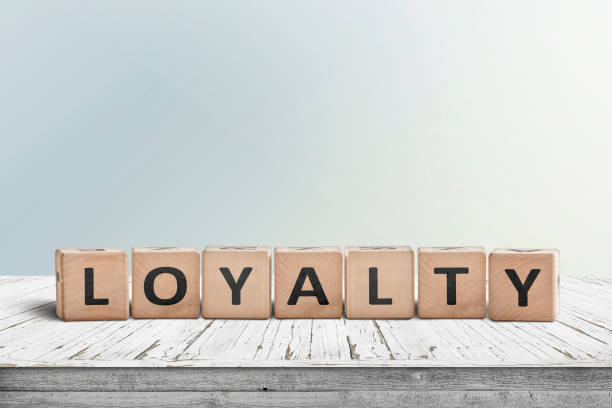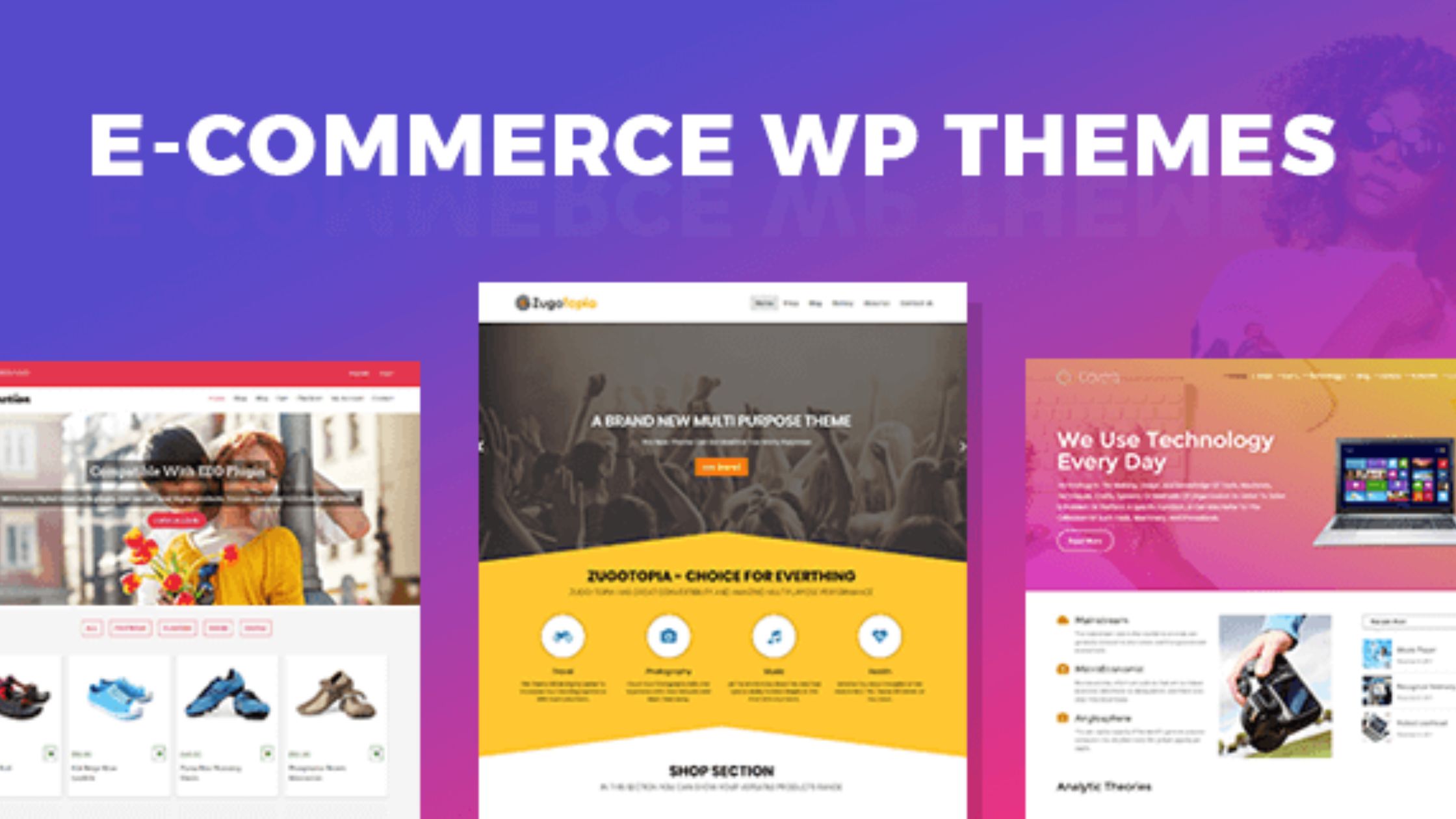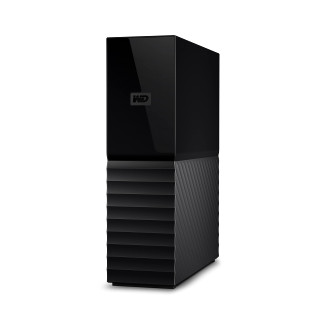Customer loyalty plays a crucial role in the success of any business. Retaining existing customers is more cost-effective than acquiring new ones, and loyal customers tend to make repeat purchases, refer others, and engage more with a brand. To ensure strong customer relationships, businesses need to track key customer loyalty metrics that help measure retention, engagement, and overall satisfaction.
By analyzing these metrics, businesses can gain insights into customer behavior, identify areas for improvement, and implement strategies that enhance customer experiences. Understanding customer loyalty metrics is essential for long-term business growth and competitive advantage.
Why Customer Loyalty Metrics Matter
Businesses that measure customer loyalty can make data-driven decisions to improve customer satisfaction and retention. Tracking customer loyalty metrics provides several benefits:
- Improved Customer Retention: Identifying at-risk customers and implementing strategies to keep them engaged.
- Higher Lifetime Value: Loyal customers contribute more revenue over time.
- Better Customer Insights: Understanding purchasing behavior and preferences for personalized marketing.
- Stronger Brand Advocacy: Satisfied customers are more likely to refer friends and family.
To effectively measure customer loyalty, businesses should focus on key customer loyalty metrics that provide a comprehensive view of customer engagement and retention.
Key Customer Loyalty Metrics
1. Net Promoter Score (NPS)
NPS is one of the most widely used customer loyalty metrics to measure customer satisfaction and advocacy. It assesses how likely customers are to recommend a business to others on a scale of 0 to 10.
Customers are categorized into three groups:
- Promoters (9-10): Highly satisfied customers who actively promote the brand.
- Passives (7-8): Neutral customers who may not be loyal in the long run.
- Detractors (0-6): Unhappy customers who may discourage others from using the brand.
To calculate NPS:
NPS=%Promoters−%DetractorsNPS = \% \text{Promoters} – \% \text{Detractors}
A high NPS indicates strong customer loyalty, while a low score suggests the need for improvement.
2. Customer Retention Rate (CRR)
CRR measures the percentage of customers who continue doing business with a company over a given period. A high retention rate indicates strong customer loyalty.
To calculate CRR:
CRR=(Customers at End of Period−New Customers AcquiredCustomers at Start of Period)×100CRR = \left( \frac{\text{Customers at End of Period} – \text{New Customers Acquired}}{\text{Customers at Start of Period}} \right) \times 100
A higher CRR means customers are satisfied and willing to stay with the brand.
3. Customer Lifetime Value (CLV)
CLV represents the total revenue a business expects to earn from a customer throughout their relationship with the company. It helps businesses understand the long-term impact of customer loyalty.
To calculate CLV:
CLV=Average Purchase Value×Purchase Frequency×Customer LifespanCLV = \text{Average Purchase Value} \times \text{Purchase Frequency} \times \text{Customer Lifespan}
A higher CLV suggests strong loyalty and continuous customer engagement.
4. Customer Churn Rate
Churn rate measures the percentage of customers who stop doing business with a company over a specific period. A high churn rate indicates dissatisfaction and potential loyalty issues.
To calculate churn rate:
Churn Rate=(Lost Customers in a PeriodTotal Customers at Start of Period)×100\text{Churn Rate} = \left( \frac{\text{Lost Customers in a Period}}{\text{Total Customers at Start of Period}} \right) \times 100
Reducing churn by improving service quality and engagement strategies can significantly enhance loyalty.
5. Repeat Purchase Rate (RPR)
RPR tracks how often customers make repeat purchases. It is an essential indicator of brand loyalty, as returning customers contribute significantly to business revenue.
To calculate RPR:
RPR=(Returning CustomersTotal Customers)×100RPR = \left( \frac{\text{Returning Customers}}{\text{Total Customers}} \right) \times 100
A high RPR indicates strong customer loyalty and a positive purchasing experience.
6. Customer Satisfaction Score (CSAT)
CSAT measures how satisfied customers are with a product, service, or overall experience. It is typically determined through surveys where customers rate their satisfaction on a scale of 1 to 5 or 1 to 10.
To calculate CSAT:
CSAT=(Satisfied CustomersTotal Responses)×100CSAT = \left( \frac{\text{Satisfied Customers}}{\text{Total Responses}} \right) \times 100
A high CSAT score suggests customers are happy with their experience, leading to better retention and engagement.
7. Engagement Metrics
Engagement metrics, such as email open rates, website visits, and social media interactions, help businesses understand how actively customers interact with their brand. High engagement levels indicate strong customer relationships and interest in the brand.
How to Improve Customer Loyalty Metrics
Once businesses have measured customer loyalty metrics, they can implement strategies to enhance customer retention and satisfaction.
- Personalization: Use customer data to tailor experiences and offers based on preferences.
- Exceptional Customer Service: Provide prompt and helpful responses to customer inquiries.
- Loyalty Programs: Reward customers for repeat purchases and referrals.
- Consistent Communication: Engage customers through personalized emails, social media, and exclusive offers.
- Quality Products and Services: Ensure that customers receive value and satisfaction with every purchase.
Conclusion
Measuring customer loyalty metrics is essential for businesses that want to improve customer relationships and drive long-term success. By tracking key metrics such as NPS, retention rate, CLV, and churn rate, businesses can gain valuable insights into customer behavior and make strategic improvements.
Focusing on customer loyalty leads to increased satisfaction, stronger brand advocacy, and higher revenue. Companies that prioritize these metrics and continuously enhance customer experiences will create lasting relationships and achieve sustainable growth in a competitive marketplace.













